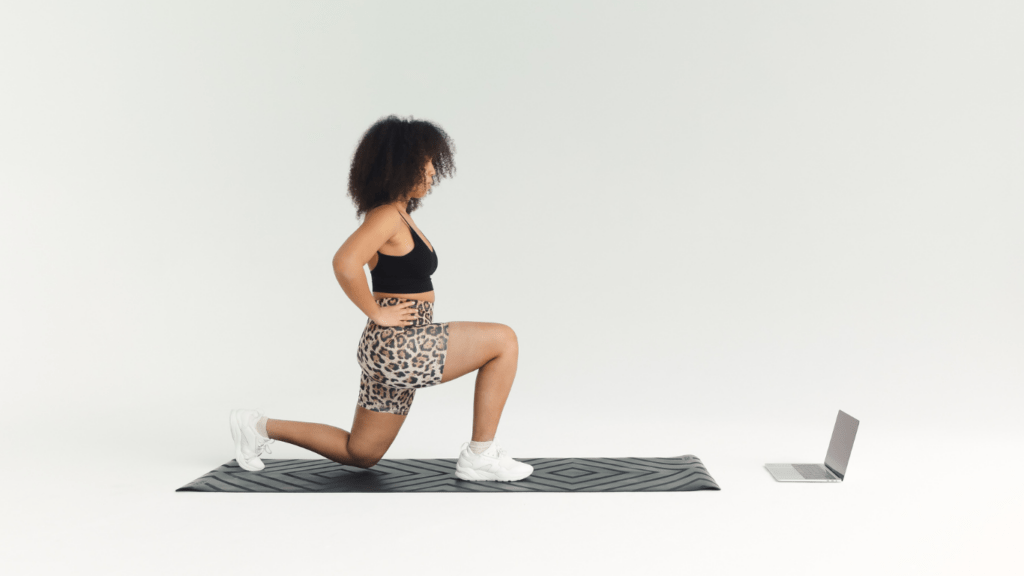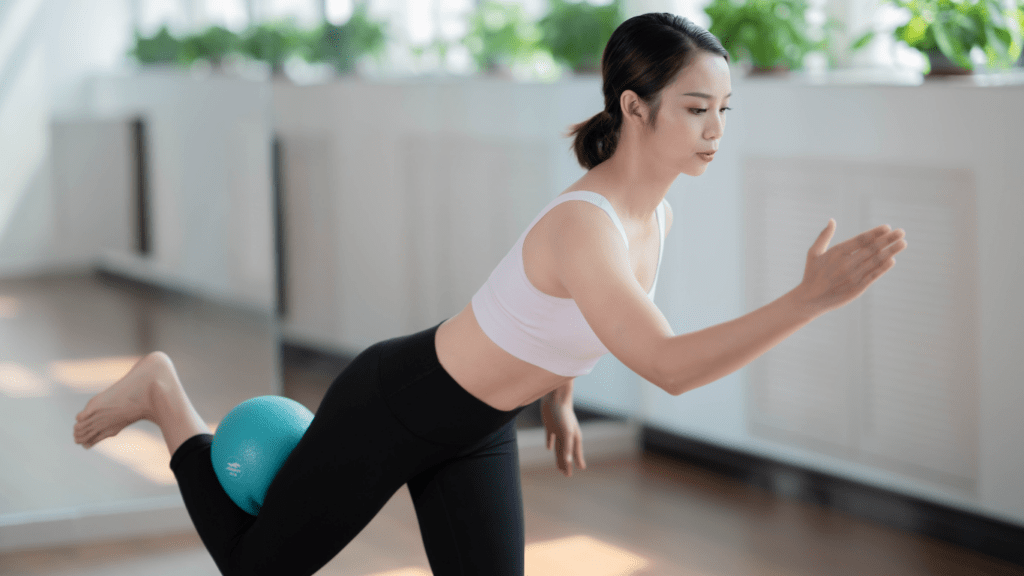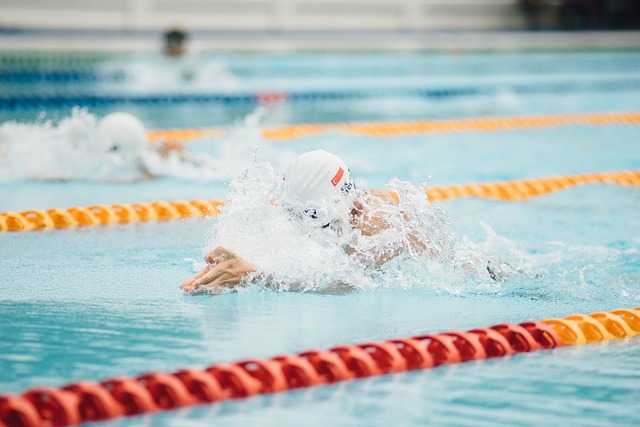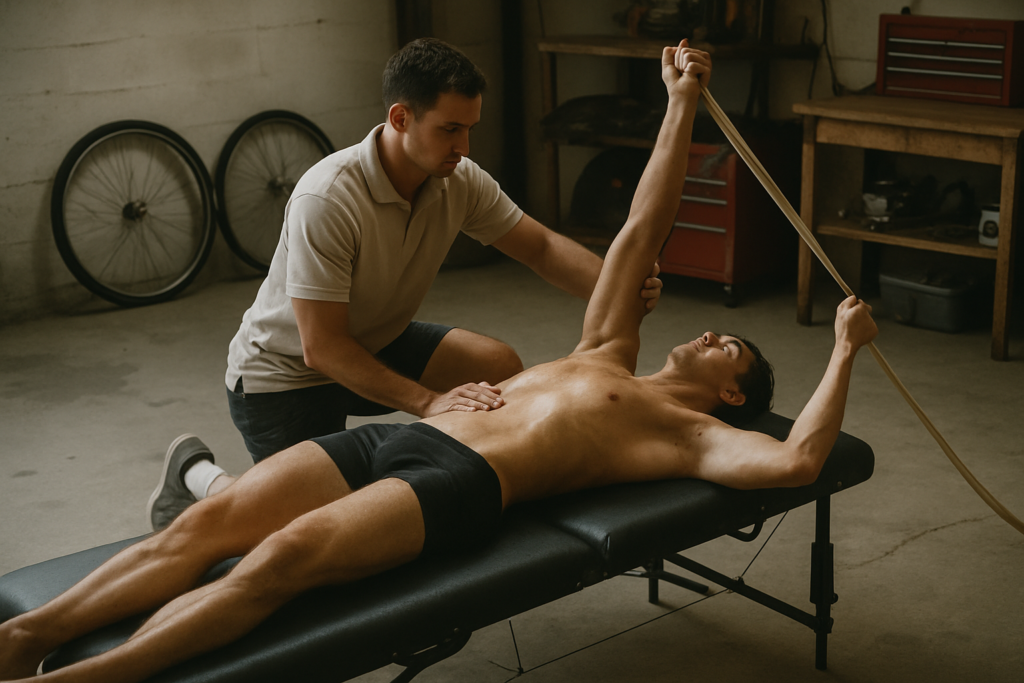Diving into the world of competitive swimming requires more than just perfecting strokes; it calls for a delicate balance between strength and conditioning. As a swimmer, I’ve learned firsthand the importance of striking this equilibrium to achieve peak performance in the water. In this article, I’ll share insights on how to optimize your training regimen to enhance your swimming prowess.
Swimmers often focus on technique and endurance, overlooking the critical role that strength and conditioning play in propelling them to the next level. Finding the right mix of exercises to build strength without sacrificing speed is key. Join me as we explore the strategies and workouts that can help you find the perfect harmony between power and agility for unparalleled swim performance.
Understanding the Role of Strength Training in Swimming
Swimmers, like any other athletes, can benefit significantly from incorporating strength training into their routine. By understanding the role of strength training in swimming, we can appreciate its impact on overall performance in the water.
The Importance of Strength for Swimmers
As a swimmer, I know firsthand the importance of strength for optimizing performance. Strength training plays a vital role in enhancing a swimmer’s power, speed, and endurance. It helps improve stroke efficiency, propulsion, and overall body mechanics in the water. By building muscle strength, swimmers can generate more force with each stroke, leading to increased speed and efficiency.
Types of Strength Training Suitable for Swimmers
In my experience, incorporating specific types of strength training can benefit swimmers of all levels. Functional movements such as squats, lunges, and deadlifts help strengthen the muscles used during swimming strokes. Additionally, plyometric exercises like box jumps and medicine ball throws can improve explosive power essential for sprinting in the pool. Including core exercises like planks and Russian twists can enhance stability and body control, crucial for maintaining proper form while swimming.
By tailoring strength training programs to focus on these key areas, swimmers can optimize their performance and achieve a harmonious balance between strength and conditioning for unparalleled results in the water.
Integrating Conditioning Workouts

When it comes to optimizing swim performance, integrating conditioning workouts is key. Endurance training for swimmers plays a critical role in enhancing overall performance as it improves the swimmer’s ability to sustain effort over time. Additionally, conditioning exercises are vital for boosting performance by targeting specific muscle groups and enhancing cardiovascular fitness.
- Endurance Training for Swimmers
Incorporating endurance training into a swimmer’s routine is essential for building stamina and improving cardiovascular fitness. Long-distance swims and interval training are effective methods to enhance endurance. These workouts help swimmers develop the necessary strength and stamina to maintain speed and form throughout a race. By gradually increasing the intensity and duration of endurance training sessions, swimmers can push their limits and improve their overall performance in the water. - Conditioning Exercises for Enhanced Performance
Conditioning exercises play a crucial role in enhancing a swimmer’s performance by targeting key muscle groups used during swimming strokes. Exercises like flutter kicks, planks, and medicine ball rotations help strengthen the core, improve stability, and enhance overall body control in the water. Incorporating a variety of conditioning exercises in a swimmer’s training regimen can help prevent injuries, improve technique, and contribute to better performance during races.
Balancing Strength and Conditioning
When looking to optimize swim performance, finding the right balance between strength training and conditioning is key. Here’s how I approach this balancing act to enhance overall abilities in the water.
Creating an Effective Training Schedule
In my experience, crafting a well-rounded training schedule is vital for achieving peak performance. I organize my sessions to include a mix of strength-focused workouts and conditioning exercises. By alternating between these two types of training, I ensure that I am building both muscle strength and cardiovascular endurance, essential components for success in swimming.
I schedule my strength training sessions to target specific muscle groups used during different strokes. For instance, I focus on exercises that strengthen my shoulders, back, and core to enhance my performance in butterfly and freestyle. By tailoring my strength workouts to align with the demands of each stroke, I can improve my overall technique and power in the water.
Incorporating conditioning workouts into my schedule helps me build endurance and stamina for longer races. I include interval training and long-distance swims to boost my cardiovascular fitness and train my body to sustain effort over extended periods. This variety in training not only enhances my physical capabilities but also keeps my workouts engaging and challenging.
Monitoring Progress and Adjusting Workouts
To ensure that I am continuously improving and avoiding plateaus in my training, I regularly monitor my progress and make adjustments to my workouts as needed. Tracking key performance metrics, such as lap times, stroke efficiency, and strength gains, allows me to gauge the effectiveness of my training regimen.
Based on my progress and performance feedback, I modify my workouts to address areas that need improvement. For instance, if I notice that my sprint times are not improving as expected, I may increase the intensity of my strength training or incorporate more sprint-focused drills into my routine. This adaptive approach ensures that I am continuously challenging myself and making progress towards my performance goals.
By actively managing my training schedule and making adjustments based on my progress, I can strike the right balance between strength and conditioning, ultimately leading to enhanced swim performance.
Nutrition and Recovery in Swim Training
When it comes to optimizing swim performance, paying attention to nutrition and recovery is crucial for sustaining energy levels and promoting muscle repair and growth.
Dietary Needs for Swimming Athletes
As a swimmer, my diet plays a vital role in supporting my training and performance in the pool. I focus on consuming a balanced mix of carbohydrates, proteins, and healthy fats to fuel my body adequately. Carbs provide the necessary energy for intense swim workouts, while proteins help in muscle repair and growth. Including healthy fats like avocados and nuts aids in overall wellness and supports joint health for swimming movements. Staying hydrated is also a key component of my nutrition plan to prevent fatigue and maintain optimal performance during training sessions.
Importance of Recovery in Training Cycles
In my swim training regimen, recovery is just as important as the time spent in the pool. Adequate rest allows my muscles to repair and grow stronger after intense workouts. I prioritize getting enough sleep to facilitate this recovery process and reduce the risk of injuries. Additionally, I incorporate active recovery strategies such as foam rolling, stretching, and low-impact activities to enhance circulation, loosen tight muscles, and speed up recovery between training sessions. By giving my body the time it needs to recover, I ensure that I can maintain peak performance levels and continue to progress in my swim training effectively.


 is a passionate advocate for fitness and healthy living, blending her expertise in swimming with a dedication to overall wellness. With years of experience both in and out of the pool, she offers valuable insights on effective workout routines, nutrition, and lifestyle habits that support peak performance and vitality. Rosamie’s writing is characterized by its practical advice, encouraging readers to adopt sustainable habits for long-term health and fitness. She frequently shares her personal journey and success stories to motivate others, and her articles often include actionable tips that readers can easily incorporate into their daily lives. By focusing on a holistic approach to fitness, Rosamie aims to help individuals not only achieve their athletic goals but also cultivate a balanced and fulfilling lifestyle.
is a passionate advocate for fitness and healthy living, blending her expertise in swimming with a dedication to overall wellness. With years of experience both in and out of the pool, she offers valuable insights on effective workout routines, nutrition, and lifestyle habits that support peak performance and vitality. Rosamie’s writing is characterized by its practical advice, encouraging readers to adopt sustainable habits for long-term health and fitness. She frequently shares her personal journey and success stories to motivate others, and her articles often include actionable tips that readers can easily incorporate into their daily lives. By focusing on a holistic approach to fitness, Rosamie aims to help individuals not only achieve their athletic goals but also cultivate a balanced and fulfilling lifestyle.
